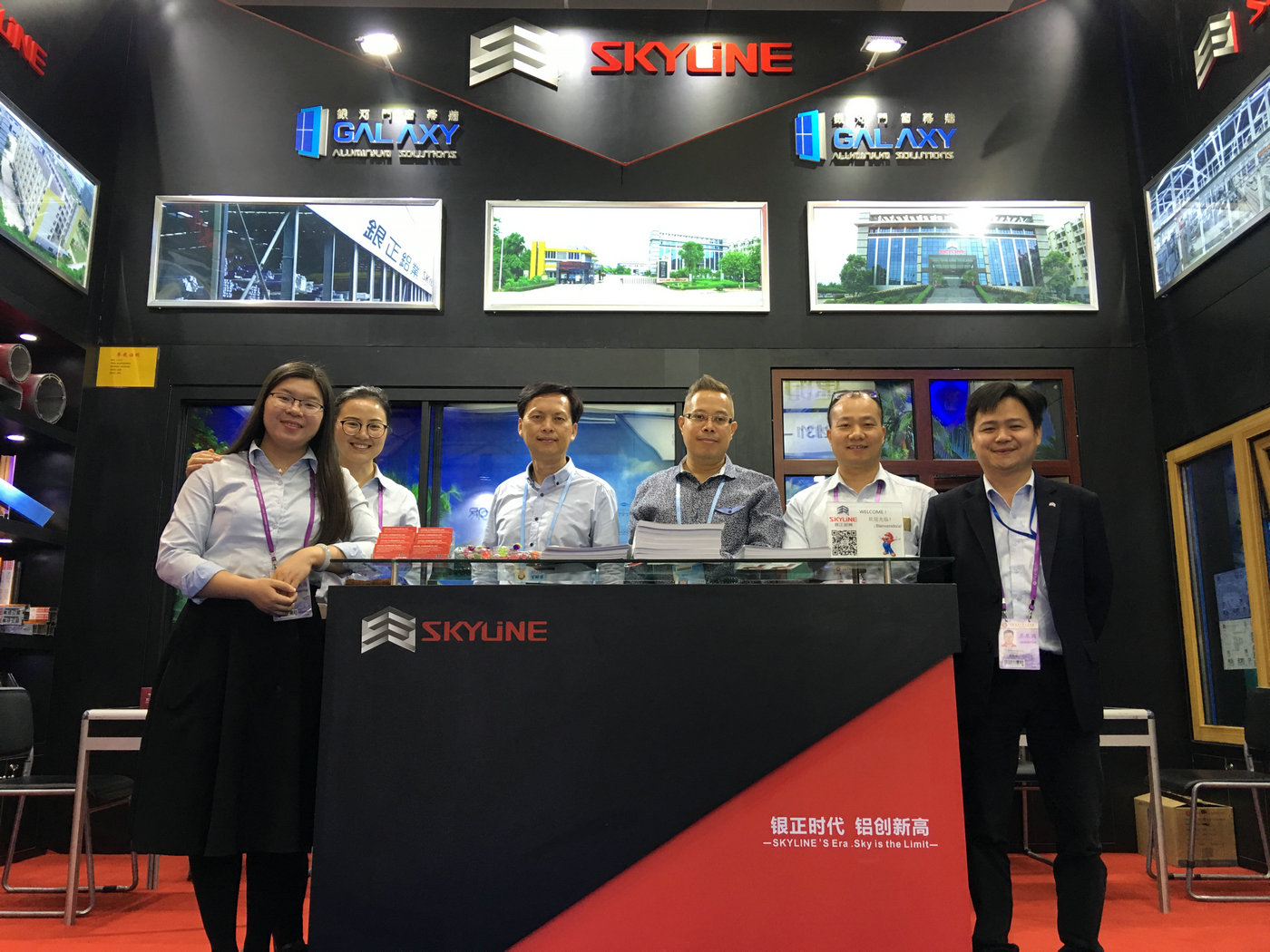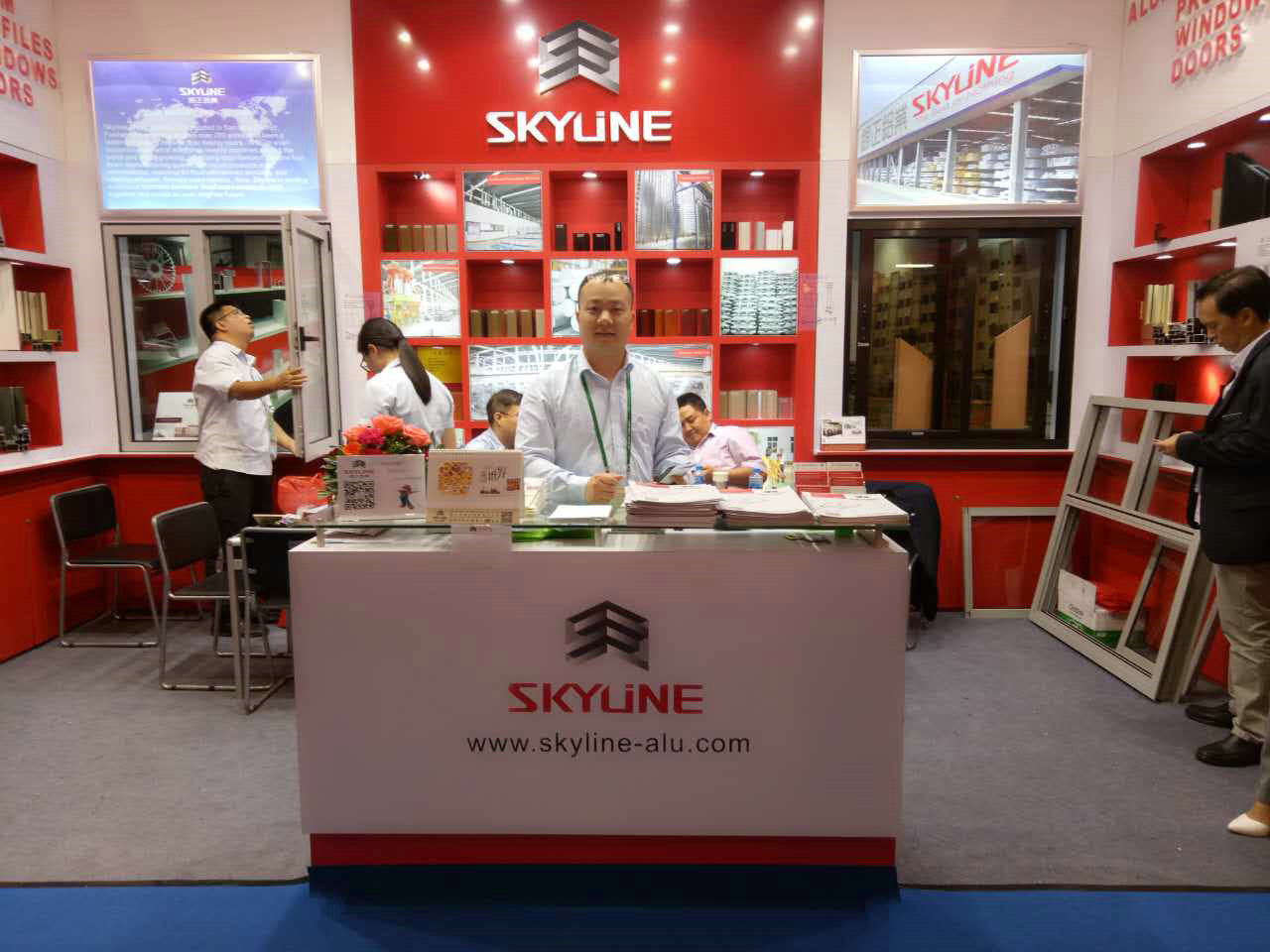On September 25, the Ministry of Industry and Information Technology announced the supplementary results of the liquidation of subsidies for new energy vehicles in 2016 and 2017, involving Zhejiang, Shaanxi and Shenzhen. The results showed that more than 9,000 of the 100,000 promotion vehicles declared by 10 automobile companies had not been approved and had not received subsidies, of which BYD accounted for 5,672. The main reasons for vehicle reduction are lack of access to monitoring platform, insufficient driving mileage and inconsistency with target parameters.
The results of the national liquidation, which has been announced, show that only 352,900 new energy vehicles have passed the expert approval in 2016 and 2017. New energy sales in 2016 and 2017 were 507,000 and 777,000 respectively, which means that more than 900,000 new energy vehicles sold in the past two years have not been subsidized.
Increasingly tightening the subsidy issuance audit mechanism, the industry believes that the era of subsidy has entered the end of the countdown, from parts suppliers to emerging new energy vehicle companies, the industrial chain will soon "die" a batch.
However, according to the NDRC, investment projects in new energy vehicles will no longer follow the previous audit model, and the new regulations for the management of the automotive industry to be implemented will implement a more detailed and strict accountability audit model. Zhang Shulin, a specialist invited by the National Development and Reform Commission, recently revealed that the conditions for approval will only be higher and higher, and the standards for production access will be more and more stringent to promote industrial restructuring. He even predicts that after 2020, the new energy automobile industry will gradually enter the peak stage of enterprise merger and reorganization.
At the same time, since the second half of the year, with the shuffling of car sales and market segments, confidence in the growth of the car market is gradually weakening. Although the new energy vehicles are still growing at a high speed, the signals released by the two new energy authorities are very obvious: the industry shuffling is imminent, and how to transform the consumption of new energy vehicles from policy-driven to market-driven has become the biggest issue in 2019 when the target deadline of 2 million vehicles is approaching.

High-speed Growth under the Policy of Ten Years'High Temperature
Statistics from the Traffic Administration of the Ministry of Public Security show that by the end of June this year, the number of new energy vehicles in China has reached 1.99 million, while the current global number of new energy vehicles is about 4 million. That is to say, half of the world's new energy vehicles are in China.
According to the data released by the China Automobile Industry Association, the production and sales of new energy vehicles in January-August 2018 were 607,000 and 601,000 respectively, and continued to run at a rate of 75.4% and 88% year on year. Obviously, the new energy automobile industry policy, including subsidies and unlimited purchase, has played a role in the promotion and application of new energy automobiles.
Reviewing the development of new energy vehicles in China is actually the history of policy promotion. From the "Ten Cities and One Thousand Vehicles" Plan in 2009 to the "Energy Conservation and New Energy Vehicle Development Plan (2012-2020)", to the recent "Medium and Long-term Development Plan of the Automobile Industry" and "Regulations on Investment Management of the Automobile Industry (Draft for Opinions)", major policies are introduced from financial subsidies, product access to social investment and other aspects. Leading the development of new energy vehicles.
Data show that from 2009 to 2017, the total subsidies for new energy vehicles at the national and local levels have reached 160 billion yuan. Encouraged social capital has also continued to pour into the field of new energy automobile investment. Public data show that at least 200 new enterprises have participated in new energy automobile construction nationwide, with planned capacity exceeding tens of millions and planned investment funds exceeding hundreds of billion yuan.
From 2014 to 2017, which is known as the first year of new energy automobile consumption, sales of new energy automobiles increased from 75,000 to 777,000, a 10-fold increase in three years. After a decade of high-temperature policy on China's new energy vehicles (2009-2018), the consumption of new energy vehicles in China is about to enter the final stage of the sprint towards the target of 2 million vehicles.
However, the dominance and variability of the policy also have a great impact on the formation of the new energy automobile consumption market. The most obvious is the new energy bus industry, many bus enterprises because of the reduction of subsidies, the longer period of receiving subsidies, and even into the edge of loss. In the passenger car sector, the A00 and A0 markets, which account for 70% of the current sales of electric vehicles, have been re-shuffled due to the direct disqualification of electric vehicles with a range of less than 150 kilometers.
The state guides new energy vehicles into technology-driven track through policies, but the low-end products of A00 and A0 still account for the vast majority of consumption in the market. While a number of high-end brands have emerged in the new automobile manufacturing enterprises, such as Ulai Automobile, Baiteng Automobile, Future Automobile, etc., but the new automobile manufacturing enterprises are generally limited by qualifications, OEMs and other issues, and there are generally huge obstacles in the delivery stage of mass production vehicles.
At the end of new energy vehicle consumption, the sales volume of restricted cities is obviously better than that of non-restricted cities. One of the main purposes of new energy vehicle consumers to purchase electric vehicles is to obtain free licenses. However, the factors such as imperfect charging facilities, anxiety about endurance mileage and low preservation rate of new energy vehicles are still the constraints of new energy consumption. In other words, China's new energy vehicles have not yet reached the market-driven node.


October 15, 2016, as scheduled, ushered in the 120th Canton Fair, our SKYLINE Aluminum Industry sent a sales service team with rich experience to meet customers from all over the world. As an aluminium profile enterprise with both fo…